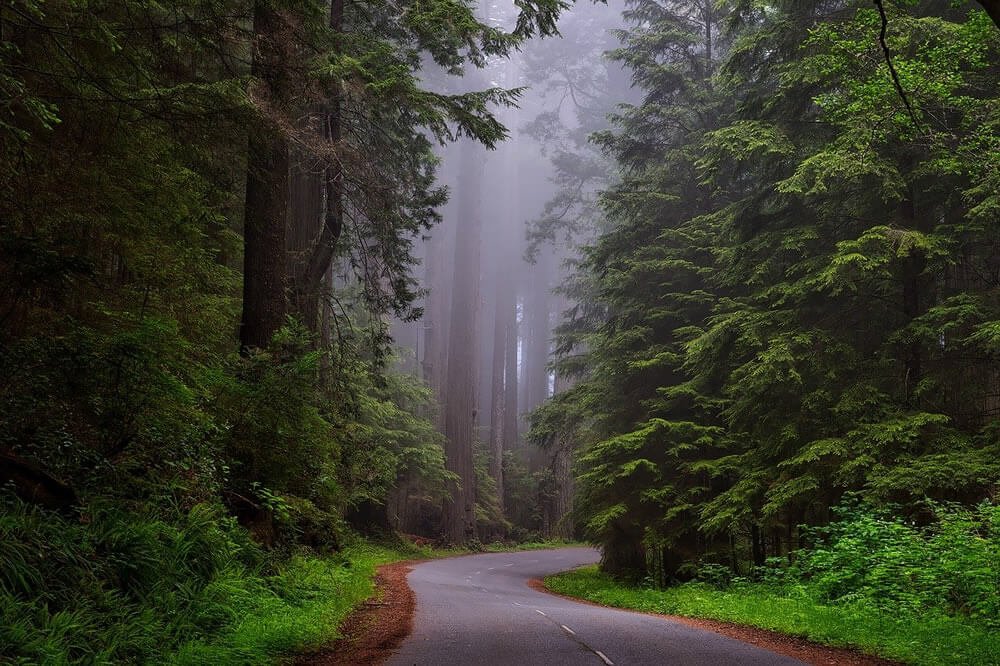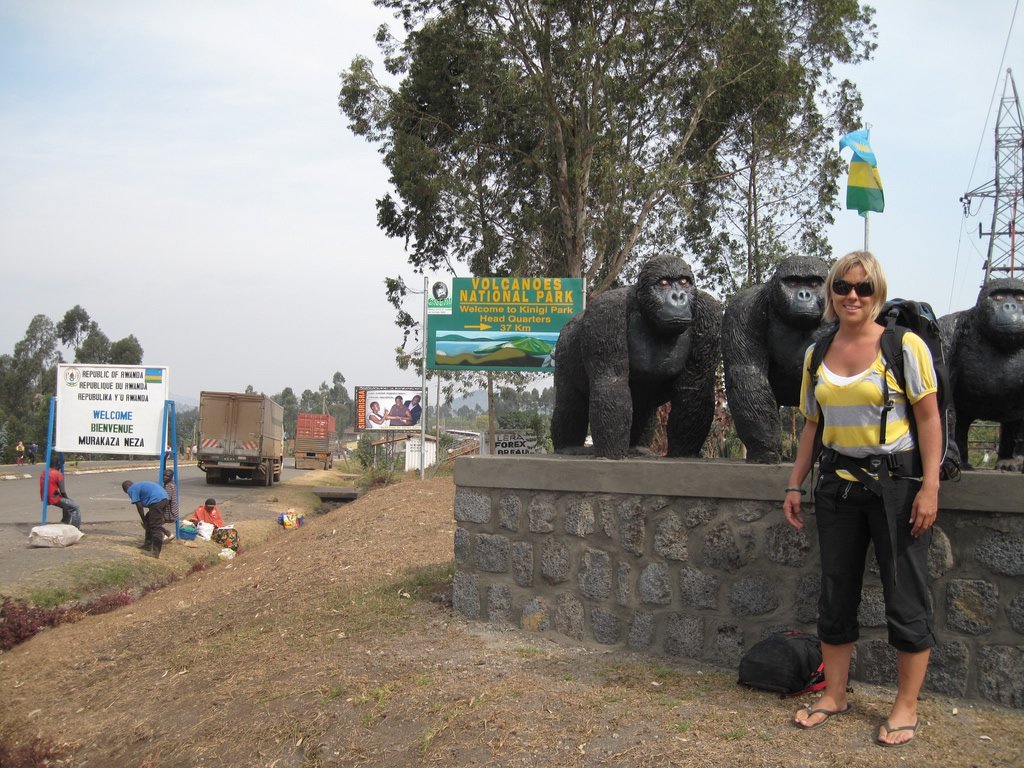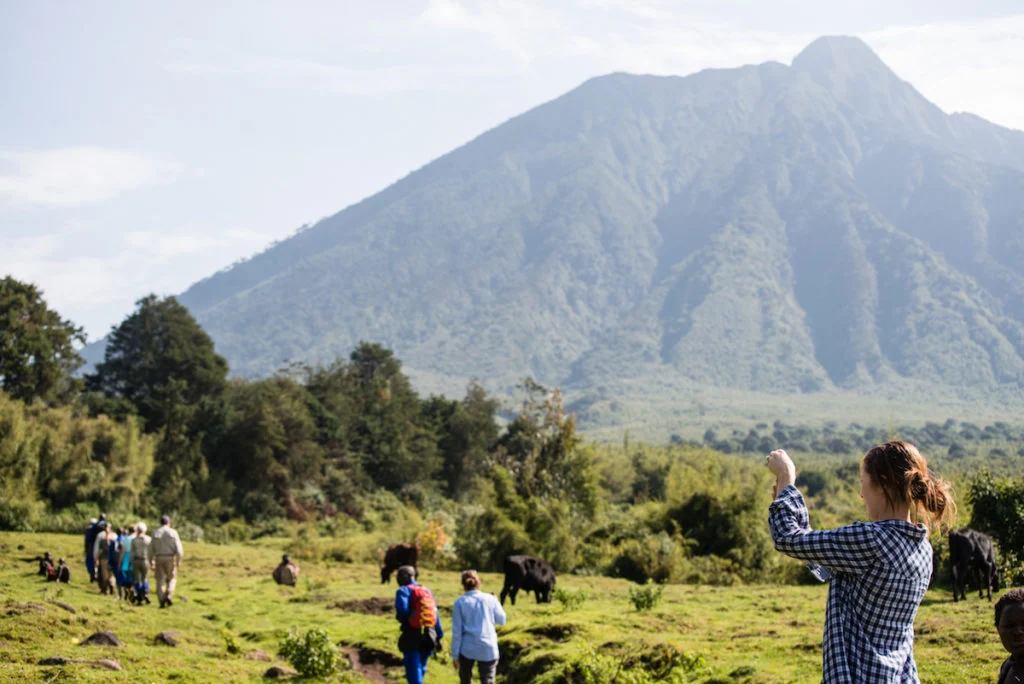
Rwanda is often celebrated for its stunning landscapes, warm hospitality, and rich cultural heritage. But beyond the majestic hills and vibrant cities lies a lesser-known, hauntingly beautiful side of the country—its abandoned places. These silent witnesses of Rwanda’s complex past and changing future tell stories that are as chilling as they are captivating. Whether you’re a curious traveler, a history buff, or a fan of eerie beauty, here’s a journey into Rwanda’s most intriguing abandoned sites.
1. The Old King’s Palace Ruins – Nyanza (The Forgotten Corners)
While the modern replica of the King’s Palace in Nyanza is a major tourist attraction, few venture far enough to find the partially forgotten ruins of the original palace structures nearby. Tucked behind modern reconstructions and partially consumed by nature, the old stones and overgrown pathways whisper stories of Rwanda’s royal past.
Why visit?
This spot is a photographer’s dream. Think: moss-covered bricks, ancient-looking walls, and a quiet stillness that feels suspended in time.
Pro tip: Ask a local guide in Nyanza to show you the less-visited corners—many of these aren’t on the official tour.

2. Camp Kigali Memorial Site (The Lesser-Explored Areas)
Though the main memorial is well maintained and visited by many, there are quiet, haunting sections nearby that remain untouched and slowly being reclaimed by nature. These abandoned rooms, empty hallways, and old structures remind visitors of the brutal events of the 1994 Genocide against the Tutsi.
Why visit?
It offers a raw and emotional reflection of the past. While not for the faint-hearted, it’s a space for deep thought and remembrance.
Respectful note: Always approach these spaces with sensitivity—some areas may hold personal and national trauma.
3. Gitarama Prison Ruins – Muhanga
Once one of the largest prisons in Rwanda, the old Gitarama Prison is now largely abandoned, with crumbling walls and empty watchtowers casting long shadows. Built during colonial times, it once held thousands of inmates, often in overcrowded and inhumane conditions.
Why visit?
This site is powerful for anyone interested in Rwanda’s post-colonial history. You can almost feel the weight of decades past in the thick, cracked walls.
Local insight: While not officially open for tourism, locals can point you to safe vantage points where you can respectfully observe the structure.
4. Nyamata Church Basement (Beyond the Memorial Room)
The Nyamata Genocide Memorial is one of the most heart-wrenching places in Rwanda. While the main church and memorial receive many visitors, few explore the darker, more abandoned spaces—like the eerie underground storage areas and surrounding unused buildings that have stood untouched since the tragedy.
Why visit?
It’s more than a history lesson—it’s an emotional, almost spiritual experience. The silence here is heavier than anywhere else.
Safety note: Always check with staff or guides before wandering into lesser-known corners.
5. Karongi’s Ghost Resort by Lake Kivu
Rumors abound about an unfinished resort on the shores of Lake Kivu in Karongi. Locals speak of a once-grand project that was mysteriously abandoned mid-construction. The skeletal buildings stand empty, overtaken by wildflowers and vines, offering eerie views over the calm lake waters.
Why visit?
It’s surreal—luxury dreams turned into ghostly shells. The contrast between the natural beauty of Lake Kivu and the decaying buildings creates a striking visual.
Traveler tip: Visit during golden hour for the most atmospheric light—perfect for travel photography or short film shoots.
6. Abandoned Belgian Colonial Buildings – Rubavu (Gisenyi)
Rubavu, a town rich with colonial history, still holds the remnants of Belgian-era administrative buildings, some of which have long been left to decay. Broken shutters, ivy-covered balconies, and crumbling staircases paint a picture of a bygone era.
Why visit?
It’s like stepping into a black-and-white photograph. These buildings are often tucked between modern houses, hidden in plain sight.
Explore carefully: These buildings are fragile and sometimes still partially inhabited or guarded—ask for permission where possible.
Tips for Visiting Abandoned Places in Rwanda
-
Always ask for local guidance. Many abandoned spots are not marked or maintained. A local guide or resident can help you explore safely and respectfully.
-
Respect the history. Some sites, especially those tied to the genocide, are sacred. Avoid loud behavior or inappropriate photography.
-
Bring proper gear. Wear closed shoes, carry a flashlight, and bring water if you plan to explore for a while.
-
Be cautious. Some abandoned places may be structurally unsafe. Don’t enter if it looks dangerous or unstable.
Final Thoughts
Rwanda’s abandoned places are more than just eerie structures—they are time capsules of resilience, silence, and sometimes, sorrow. They invite travelers to go beyond the postcard-perfect views and dig deeper into the layers of Rwandan history. Whether you’re hunting for hidden stories, haunting beauty, or a different travel experience, these forgotten corners are worth the detour.




















